AI in Creative Design Campaigns: The Good, The Bad & The Uncertain
- Creative
Over the past few months, our design team, Studio, have been diving deep into the exciting ways AI is transforming marketing campaigns. From hyper-targeted advertisements to personalised customer experiences, AI is reshaping how brands connect with audiences. We’ve explored a range of innovative uses, from personalised consumer experiences to large scale AI-powered CGI content creation, identifying the most effective and creative AI-driven strategies and highlighting the ways that AI is changing the creative industry, both positively and sometimes with a less successful outcome.
Umpf’s 8 Favourite AI Design Campaigns
In this roundup, we’ve compiled some of our favourite and most impactful uses of AI in design, as well as some which highlight the limitations of artificial intelligence where the use of AI hindered the effectiveness of the campaign.
When using AI in creative campaigns, it’s also important to think about both the ethical and environmental impact. Ethically, there’s a responsibility to make sure AI-generated content isn’t reinforcing bias, spreading misinformation, or crossing lines when it comes to copyright and intellectual property. Transparency matters too and, in some instances, audiences should know when AI has played a role in what they’re seeing. There’s also the bigger question of creativity itself and as AI becomes more advanced, there’s concern about it replacing human creativity, devaluing skilled roles and taking away the human touch that makes great creative work so compelling. On the environmental side, AI’s energy use can be huge, with large-scale models consuming vast amounts of power. Responsible use means balancing innovation with ethics and sustainability.
1. PepsiCo: Personalised Music
One standout campaign allowed users to generate personalised music tracks based on their mood and preferences, creating a unique and engaging digital experience. This tailored approach fostered a strong connection between the brand and its consumers, as each track felt custom-made for the individual. This not only increased customer engagement but also encouraged users to share their personalised tracks on social media, amplifying the campaign’s reach. PepsiCo further strengthened the connection by incorporating these custom tracks into live events, bridging the gap between online interaction and real-life experiences. This innovative use of AI ensured that everyone could participate, regardless of location, making the campaign accessible and interactive on a global scale.
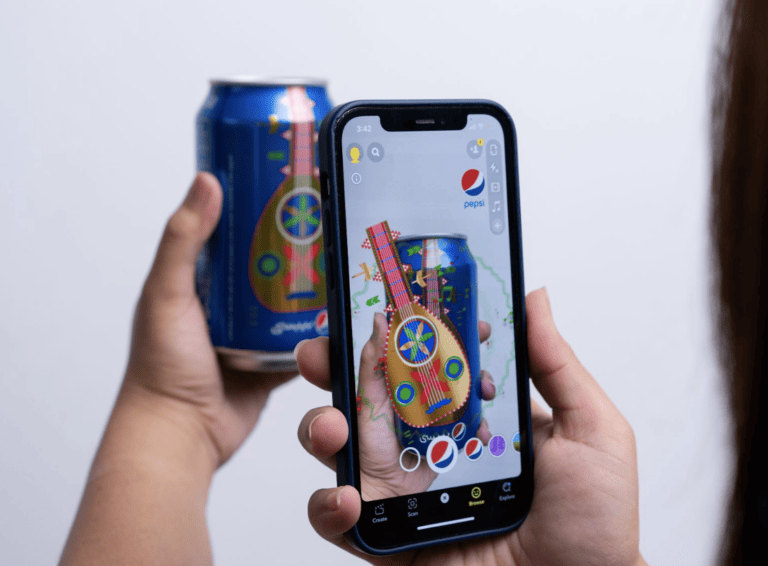
2. Moncler: Digital Runway
The Moncler “MondoGenius” digital runway combined AI-driven, real-time design modifications with high audience interaction, allowing viewers to influence colours, patterns, and accessories. This approach not only made the luxury brand more engaging and accessible but also built a digital portfolio of future customers. Some AI-generated designs were available for purchase, helping Moncler understand consumer preferences while connecting with a broader audience.
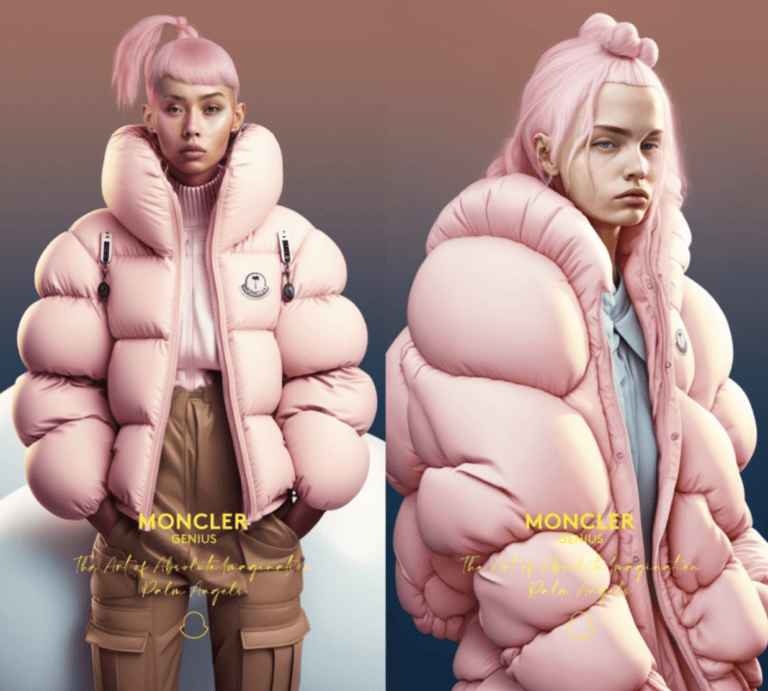
3. Buzzfeed: Personalising Quiz Content
BuzzFeed has embraced a strategy of personalising content at a larger scale to engage more users. One example is “Buzzy the Robot,” a quiz that uses answers to seven questions to generate a personalised experience, creating a sense of “new life” for each participant. In collaboration with OpenAI, BuzzFeed has enhanced its platform by integrating AI to ask follow-up questions, which allows the platform to recommend tailored movies or activities based on individual responses. This approach not only boosts user engagement but also opens up new opportunities for BuzzFeed to collaborate with brands, integrating marketing in innovative and personalised ways. Ultimately, it’s a fusion of AI and human creativity that drives deeper connections with users.
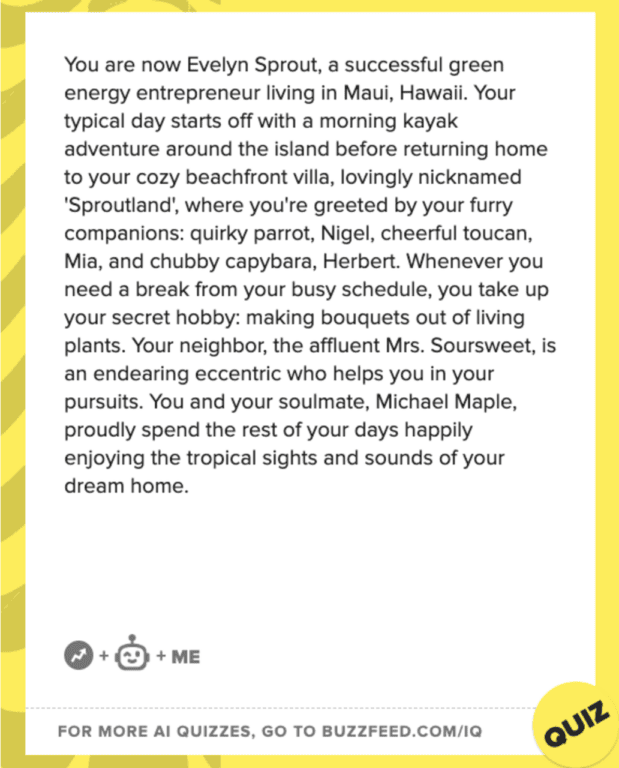
4. Sephora: Virtual Assistant
Global beauty brand Sephora has introduced a new way to get your correct colour match when shopping for make-up with the introduction of the AI-driven tool “Color IQ” This use of AI has significantly enhanced the customer experience by offering personalised solutions to beauty product shopping. “Colour IQ” scans customers’ skin tones to find their perfect foundation match, eliminating the guesswork often involved in choosing the right shade. Additionally, customers can virtually try on different lipsticks, giving them the ability to experiment with various shades without ever leaving home. These innovations provide a seamless, convenient shopping experience, making it easier than ever for consumers to find the products that best suit their needs, while also showcasing a new way to shade match in the beauty industry.
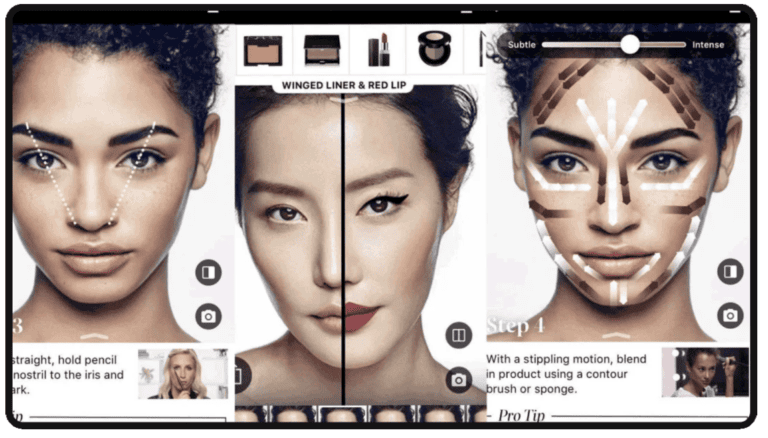
5. Barbie AI Generated Selfie Filter
To help promote the release of the film, Barbie, Warner Brothers created an AI-generated selfie filter, which allowed users to join in with the Barbie hype and engage with the film on a more personal level. The filter offers a personalised experience, allowing users to upload an image of themselves and see it transformed into the film’s promotional poster, complete with a custom slogan that reads, “This Barbie is…a [AI generated slogan].” This interactive offering is a fun and playful way for consumers to engage with AI and explore its creative potential.
The filter gained immense popularity since its release, attracting over 13 million users, including high-profile celebrities like Rihanna and Pedro Pascal, as well as some brands quickly jumping on the trend, offering a fun (and essentially free!) way of further marketing the movie to a wider audience. We even gave it a try ourselves – check out the results!
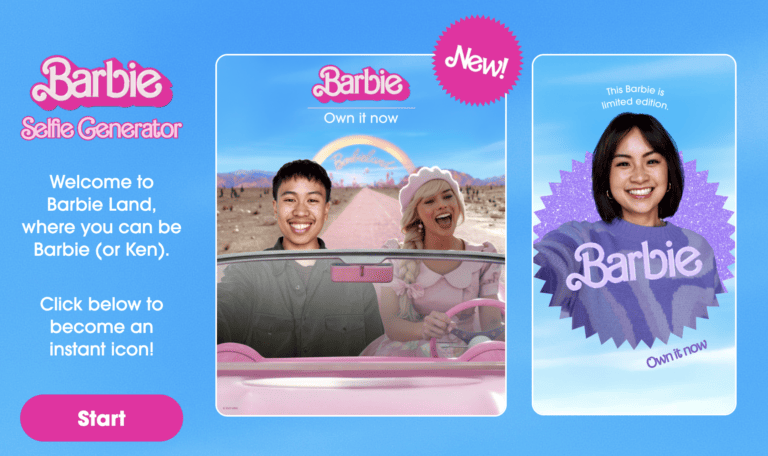
6. Nutella AI Design Unica Jars
Nutella’s special edition campaign, which featured 7 million unique jars with AI-generated labels, was a groundbreaking use of AI technology in personalisation and efficiency. Each jar was completely one-of-a-kind, offering consumers a truly individualised product. The campaign’s success hinged on the ability to create such a massive variety of designs, something that would have been impossible without AI due to the time and cost it would take to hire enough designers to produce each label. By deciding to utilise the creative potential of AI, Nutella not only saved valuable time and resources but also created a buzz around the product, with every jar sold being a unique collector’s item, making the campaign a massive success in both efficiency and consumer engagement.
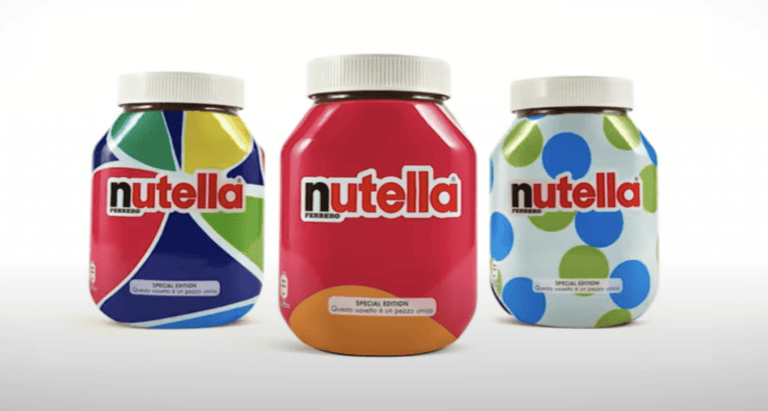
7. Coca-Cola’s AI-Designed Christmas Ad
We also explored cases where using AI may not have been the most successful. One such example is the recreation of the iconic Coca-Cola Christmas ad from the ’90s where using AI sparked mixed reactions. While the campaign effectively uses AI to enhance the magical elements – such as the sparkling effects and the shots of the polar bears which would otherwise need to be CGI, the inclusion of AI-generated people, especially their disproportionate hands, veers into the uncanny valley, creating an eerie and unnatural feel. This approach detracts from the heart of the original ad, which relied on real people to evoke a nostalgic, feel-good Christmas atmosphere.
It’s puzzling why such a huge brand would choose to remake this beloved ad with AI, particularly when the original was already a holiday staple that symbolises the arrival of Christmas. The use of AI seems unnecessary in certain scenes, like when a person is simply opening a bottle of Coca-Cola – something that could have easily been filmed in a much more authentic way. While the campaign does offer an interesting contrast between the old and the new, merging nostalgia with modern technology, it also leaves some viewers with a sense of unease, describing it as “a soulless and creepy dystopian nightmare.” Ultimately, it feels like a missed opportunity to capture the warmth and charm of the original, with AI perhaps doing more harm than good in this instance.
8. Daisy the AI Granbot
AI technology is also proving to be a positive solution to real life problems. Service provider O2 developed a campaign involving an AI powered human-like chatbot designed to combat scams by wasting scammers’ time and resources, ultimately preventing them from targeting vulnerable individuals. The chatbot engages scammers in conversations that veer off into trivial topics like her cats, family, and knitting, keeping them occupied without revealing any personal information like credit card or bank details – since, of course, she’s not a real person. As the scammers become increasingly exasperated, the chatbot effectively disrupts their efforts, preventing them from reaching their intended targets. This use of AI not only saves time and money – by eliminating the need for a human to take on this task – but also shows the positive potential of AI to help people, turning a technological tool into an active force for good in protecting consumers from scams and shows how AI can be used in an innovative and protective way.
Summing it up…
To fully engage with and explore the impact of AI in design campaigns, we decided to embrace its uses by utilising ChatGPT to assist us in writing part of this blog post: with a few careful corrections. Of course, AI can make mistakes, and human intervention and oversight is still necessary, but it’s interesting to see the impact that AI can have in real-world marketing campaigns.
We’re not quite ready to hand over the reins to AI yet, but it’s interesting to see the impacts that it could have on any future campaigns and consider where we can find it useful and innovative to incorporate into our client work going forward.
Let’s Talk Design
If you’re looking for a design agency let’s have a chat – get in contact with our Studio team in Leeds.